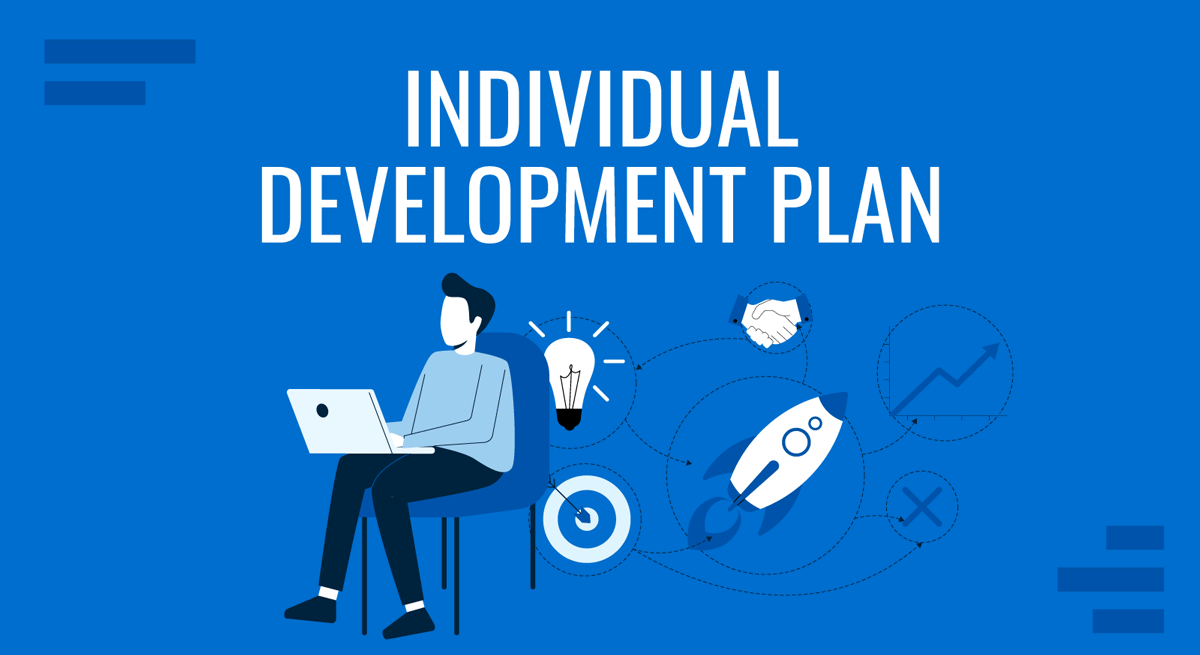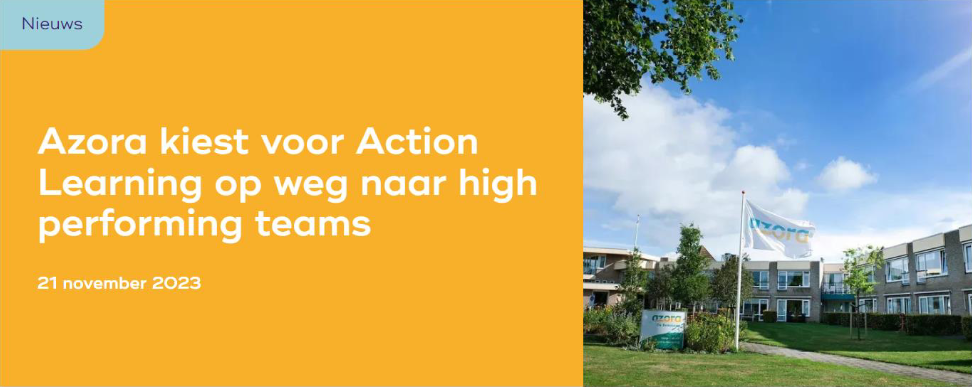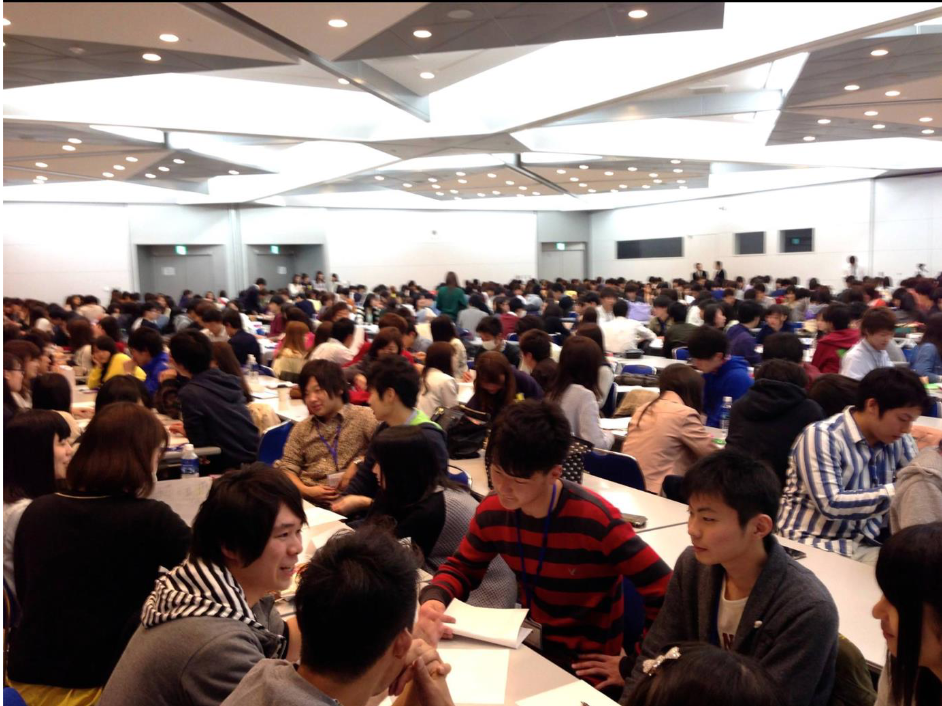As an action learning coach, how would you handle the following situation:
The team is focusing on a problem in another division that they have no influence over.
As an action learning coach, how would you handle the following situation:
A member arrives to a three hour session one hour late. You conduct coaching inquiries and he is smoothly integrated into the team. 15 minutes later he is exchanging friendly but sarcastic comments with a team member that end with him using a hand gesture toward that member that would cause most folks to take offense.
As an action learning coach, how would you handle the following situation:
A higher ranking participant of the team decides to pull rank and asks another team member Do you want to stay employed?
As an action learning coach, how would you handle the following situation:
The team is having trouble coming to consensus.
As an action learning coach, how would you handle the following situation:
The members were enthusiastic to help the problem presenter. They asked many good questions. However, the problem presenter responded it’s confidential information and would not answer some of the questions. Members felt they were not able to help the problem presenter if their questions were not answered. Consequently, they could not see the value of action learning in this instance. But the problem presenter felt the session was useful to him in addressing his problem.
As an action learning coach, how would you handle the following situation:
The team starts to identify actions before the end of the session.
As an action learning coach, how would you handle the following situation:
A participant makes a statement followed by do you agree?
As an action learning coach, how would you handle the following situation:
A participant playfully hits another member on the back of the head.
As an action learning coach, how would you handle the following situation:
Someone asks a question that changes the depth and understanding of the true nature of the problem.
As an action learning coach, how would you handle the following situation:
A participant says – Why do we need a coach that doesnt understand our work to ask us questions?
As an action learning coach, how would you handle the following situation:
Someone decides they don’t like having to follow the rules and threatens to leave.

IDP DEVELOPMENT THROUGH WIAL ACTION LEARNING WITH
RETURN-ON-INVESTMENT PROJECT Individual Development Plans (IDP) are crucial tools in human resources for fostering continuous people development. However, organizations often face barriers to effective IDP implementation. Traditional training evaluations typically measure only the initial stages, lacking insights into business impact and return on investment (ROI). This article explores the success story of IDP development through the World Institute for Action Learning (WIAL) Action Learning program, emphasizing the ROI achieved from September 2021 to January 2023.” Read More
INTRODUCING ACTION LEARNING AT RIKKYO UNIVERSITY
A lot is already going well at Azora, but that doesn’t mean it will always stay that way. Healthcare is facing major challenges and Azora wants to be prepared for them. This is why a training course in Action Learning was chosen for the management team. Using this method, it becomes clear how to have a good conversation. The management team is enthusiastic, so enthusiastic in fact, that they are now striving to include all of Azora’s employees in this. Read More
INTRODUCING ACTION LEARNING AT RIKKYO UNIVERSITY: SCALING FROM SCRATCH TO 90 CONCURRENT SESSIONS FOR 500 STUDENTS
I am very pleased to receive this award. In fact, I had the honor of receiving the Best Award in the academic sector on behalf of Rikkyo University in 2014, making this the second time I have received such recognition. In this paper, I would like to report on the introduction of action learning over the past 13 years at two universities, detailing the process, objectives, and outcomes. Read More
